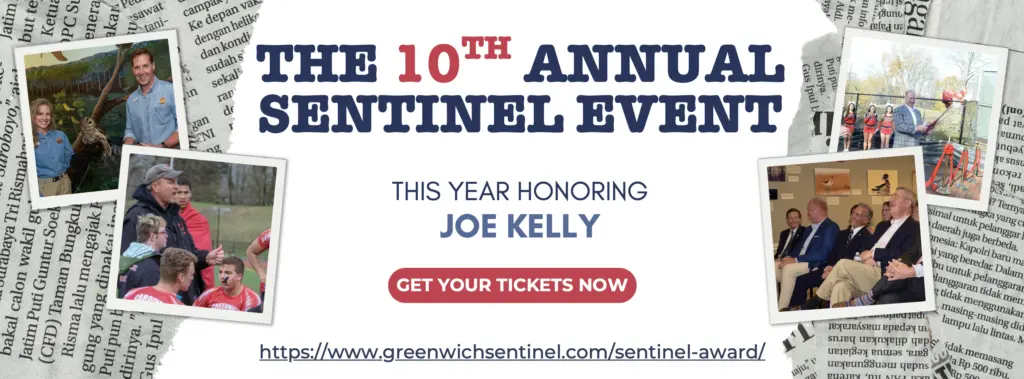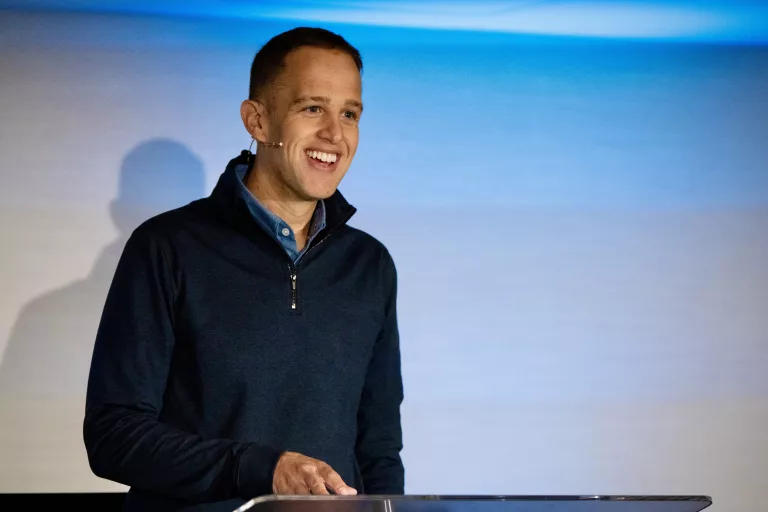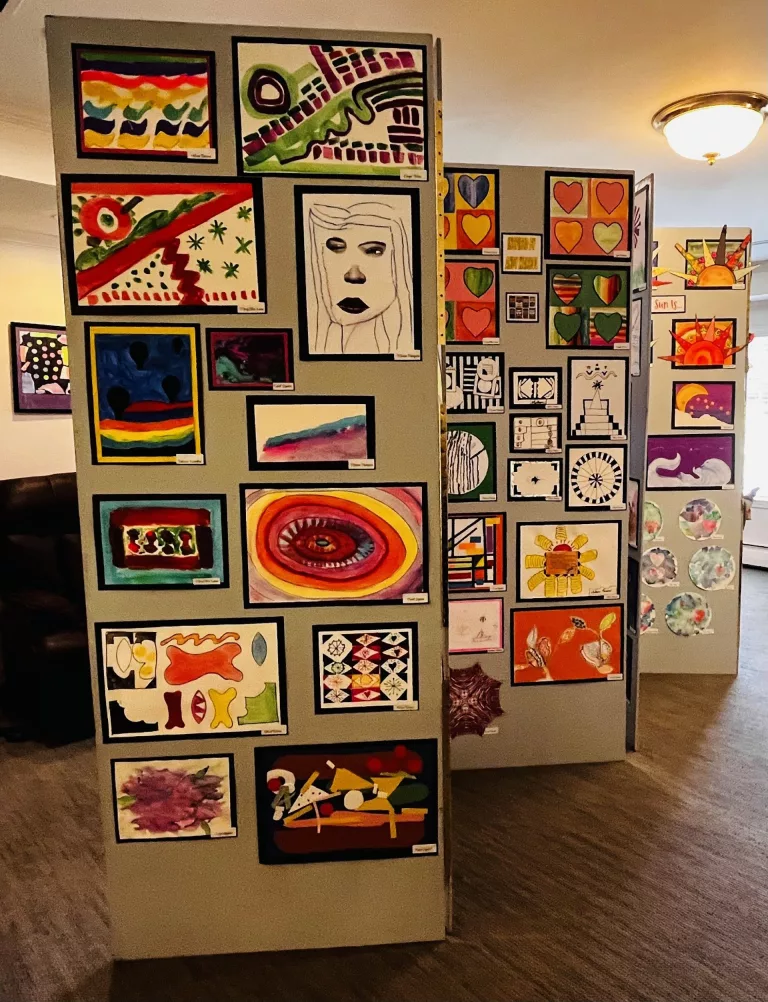By Anne W. Semmes
In California, the land of sunshine and health, where I just visited my grandchildren in San Francisco, I learned the latest good news about longevity. I was privy to a talk by Dr. Thomas Rando, a professor of neurological sciences and the deputy director of the Stanford Center on Longevity at Stanford University. This center is quite unique. Its mission is “to accelerate and implement scientific discoveries, technological advances, behavioral practices, and social norms so that century-long lives are healthy and rewarding.” Note the century-long lives!
Rando kicked off his talk with the good news that we’ve had the greatest increase in our longevity in the last 100 years, by 30 percent. Our life expectancy is now close to 80. Every year we are adding three more months to our lives. For inspiration, we were introduced to Jeanne Calment of France who lived 122 years—from 1875 to 1997. One secret to her success appeared to be her immunity from stress. She was quoted, “If you can’t do anything about it, don’t worry about it.”
What is now known to increase our longevity, Rando said, is that “lean body mass is critical. We need to eat less to live longer. Fasting one day a week is very formative… Fasting has huge beneficial effects… Don’t eat at night.” And caloric intake is more important than exercise!
Weight training is more beneficial than aerobic exercise (though aerobic is good for the heart and the brain). “Weight training keeps you ambulatory longer.”
But Rando was not without humor. He showed us two photos of Charles Darwin, age 45 and then 64. Wow, did he look old at 64!
Rando devilishly quoted Shakespeare: “And so, from hour to hour, we ripe and ripe, And then, from hour to hour, we rot and rot.” And Henry Wadsworth Longfellow: “Ah me! what wonder-working, occult science/ Can from the ashes in our hearts once more/ The rose of youth restore?/ What craft of alchemy can bid defiance/ To time and change, and for a single hour/ Renew this phantom-flower?”
And then Rando shared the science he is working on “to make the old young again.” “Exposure to the blood of young animals rejuvenates older muscle cells. Blood transfusions can do this, too.” He spoke of a clinical trial with young donor blood going to an early-stage Alzheimer person. “We have no problem getting donor blood,” he says. “But you can’t ask the Red Cross for a young person’s blood.”
Is there a pill for longevity? He lists four drugs that can extend the lifespan: Rapamycin, Metformin, Acarbose, and Resveratrol. (That last one is found in red wine.) “Rapamycin comes from a bacterium found on Easter Island, that has extended the life of old mice.”
Rando told of a clinical trial in the planning on the drug Metformin to prevent aging. “There are many people for whom a prescription for Metformin could be justified, even if they don’t have actual diabetes,” he said. “We’re turning away money from people wanting to invest in reversing the age process.”
For those of us with muscle aches and pains, he had encouraging words: “Exercise rejuvenates muscle repair.” Also beneficial was a diet low in sugar and high in protein.
But what I learned from a book I was introduced to by my daughter-in-law—“How Not to Die,” by Dr. Michael Greger—was definitely not encouraging to this writer. “Women who sit for more than six hours a day have a 40-percent higher death rate.” Now I understand why there are working women who have treadmill desks!

One must “Take breaks… walk up and down stairs,” and drink green tea every two hours. And one must not eat meat, or bread, or even extra virgin olive oil! One must eat lots and lots of beets, and arugula, and spinach, and kale, and blended frozen fruit instead of ice cream.
But out of the mouths of babes came the drop-dead line of my seven-year-old granddaughter: “Mommy, why do you not want to die? Everybody has to die!”





